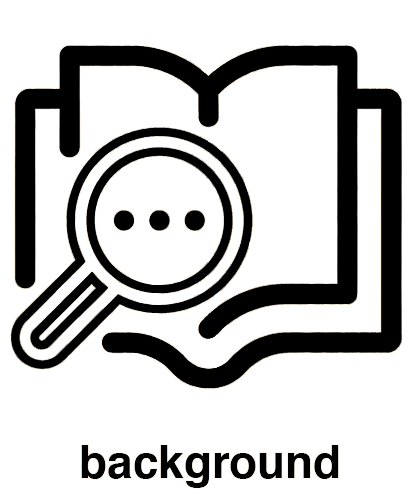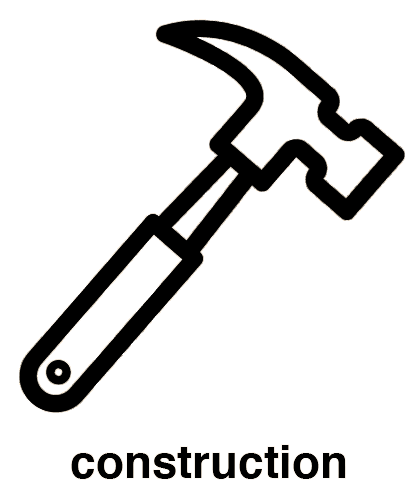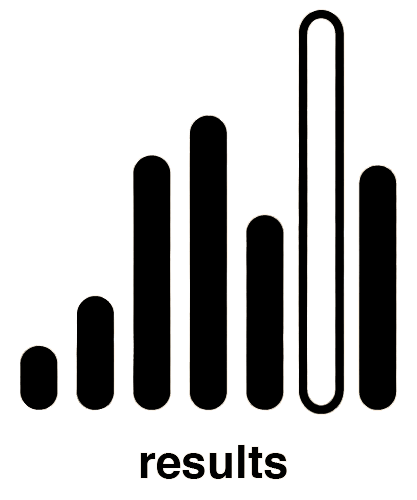-
Projects
- Environment Box
- Passive Refrigeration
- Water Cooling
- Fog Catching
- Roof Geometries
- Optimal Insulation
- Cooler Windcatcher
- Green Machine
- Mitigating Humidity
- Convective Air Flow
- Styrene Reuse
- Thermal Reflection
- ETFE Rigidification
- Phase Change Materials
- Polar Reflection
- Cavity Depth Variation
- Vapor Permeability
- Algae Facade
- Moisture Buffering
- Engineered Geometries
- Recycled Desiccant Materials
- Living Wall
- Solar Shading Facades
- SHADESin.reACTION
- Low-Fab Dehumidification
- Breathing Wall
- Urban Heat Island
- Acoustical Design
- Latent Heat of PCM's
- Insulative Qualities of Air
- About
- Lectures
- Assignments
- Workshops
- Syllabus
- Resources
The country of Mongolia is one of the most rapidly expanding countries in the world, with an average annual growth rate of 6.83% as of 2020 (insidermonkey.com). Mongolia is known for extremely cold winters, subjecting the country to a dzud (a natural disaster known for killing lots of livestock) as a result of that cold. Mongolia’s architectural typography is vast, with modern achievements as large as skyscrapers, and traditional construction from their history like tents and temples. Many nomadic Mongolians still live in yurts, a portable house type made of lattice wall sections and poles, with layers of felt, cotton, and canvas to protect the structure. Many are heated with stoves from inside, which negatively impacts the environment through the burning of coal. In order to lower the impact on the environment from these methods, it's important to look to the materials for more efficient heating. This study will examine the materials used in the construction of a yurt and determine if there are more effective alternatives for insulating these structures during periods of extremely cold weather.
|
Haqqi, Ty. “5 Fastest Growing Developing Countries in 2020.” Insider Monkey, CBOE Global Markets, Inc, 5 Feb. 2021, https://www.insidermonkey.com/blog/5-fastest-growing-developing-countries-in-2020-916969/.





